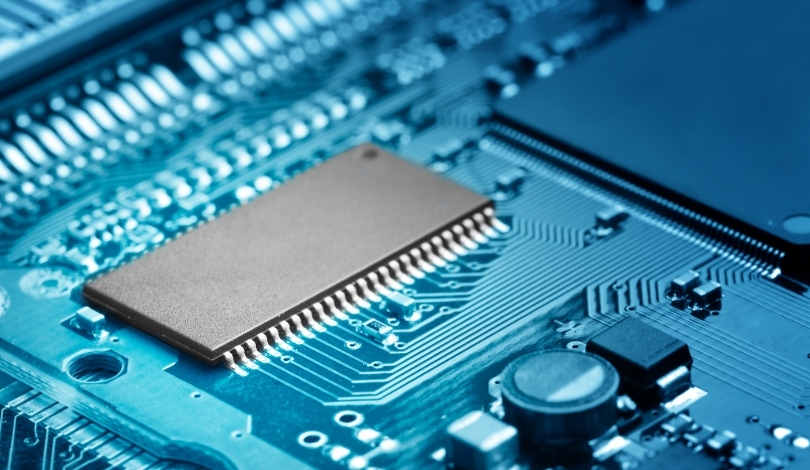Resizable Base Address Register (BAR) technology has been gaining traction among gamers and PC enthusiasts as a means to enhance graphics performance. By allowing the CPU to access the entire GPU memory buffer, Resizable BAR can reduce bottlenecks and improve frame rates in supported games. This development has prompted major GPU manufacturers to integrate support into their latest hardware offerings. As a result, users are experiencing smoother gameplay and better overall system efficiency.
Compared to earlier implementations, the latest updates to Resizable BAR offer broader compatibility and more significant performance gains. Previous iterations were limited in their support and offered marginal improvements, but recent advances have expanded its applicability across a wider range of games and hardware configurations. This evolution signifies a more robust and versatile approach to optimizing gaming performance.
What is Resizable BAR Technology?
Resizable BAR is a PCI Express interface feature that allows the CPU to access the full capacity of the GPU’s memory buffer. Traditionally, the CPU could only access a small portion of the GPU memory at a time, causing delays and reduced performance. With Resizable BAR, data can be transferred more efficiently, leading to faster load times and higher frame rates in games.
Which GPUs Support Resizable BAR?
Support for Resizable BAR has been integrated into many of the latest graphics cards from manufacturers like NVIDIA and AMD. For instance, the NVIDIA GeForce RTX 30 series and AMD Radeon RX 6000 series have native support, enabling users to take full advantage of the technology without additional modifications. Manufacturers have also released firmware updates to ensure compatibility with a broader range of systems.
How to Enable Resizable BAR on Your System?
Enabling Resizable BAR typically involves updating the motherboard’s BIOS and ensuring that both the CPU and GPU support the feature. Users might need to adjust settings within the BIOS menu or install specific drivers provided by GPU manufacturers. Detailed guides are available on manufacturers’ websites to assist users in the setup process.
“Resizable BAR support is a significant step forward in optimizing gaming performance,”
said a spokesperson from AMD. The integration of this technology reflects the industry’s commitment to enhancing user experiences through hardware innovation. As more games and applications are optimized to leverage Resizable BAR, its impact on gaming and professional workloads is expected to grow.
Adopting Resizable BAR can be particularly beneficial for gamers looking to maximize their system’s potential without investing in entirely new hardware. By making targeted updates and optimizations, users can achieve noticeable improvements in performance and efficiency. This makes Resizable BAR a valuable feature for both current and future gaming setups.
Ensuring that your system is compatible with Resizable BAR involves checking hardware specifications and updating necessary components. Additionally, staying informed about the latest firmware and driver releases can help maintain optimal performance. As the technology continues to evolve, it will play an increasingly important role in the landscape of PC gaming.
Users considering enabling Resizable BAR should evaluate their current hardware’s compatibility and the potential performance benefits in their specific use cases. By understanding the requirements and following the appropriate setup procedures, users can effectively leverage this technology to enhance their gaming experience.










